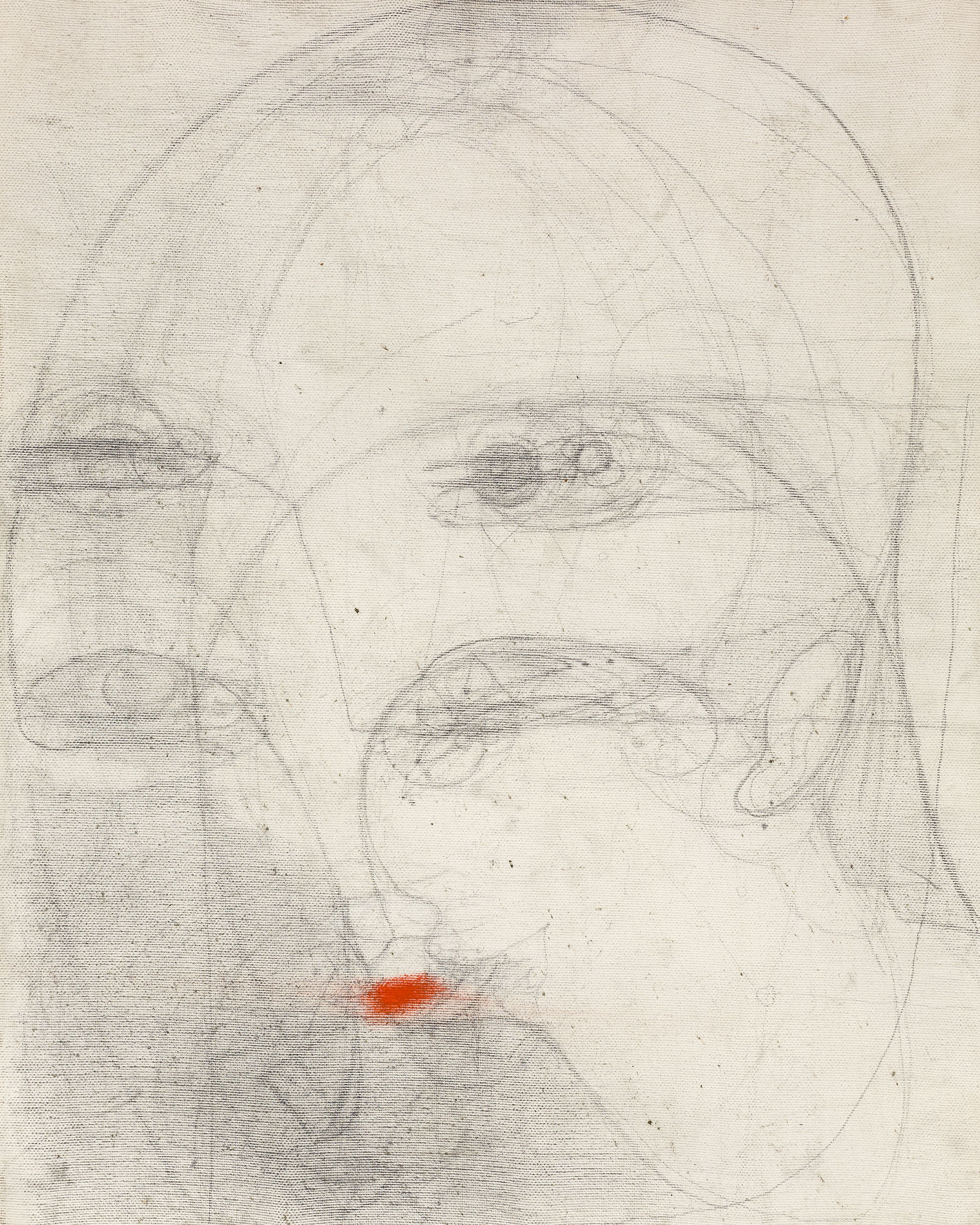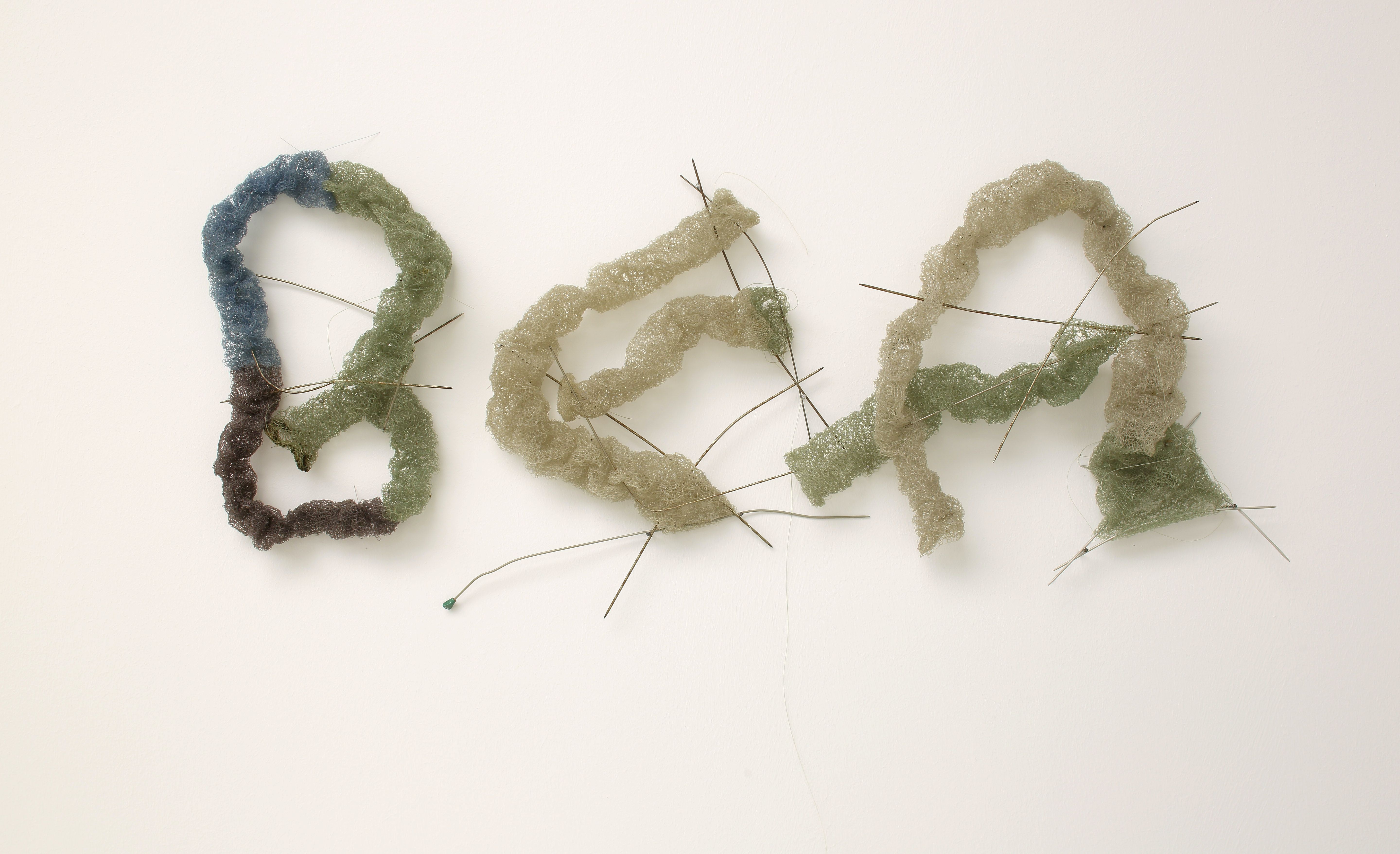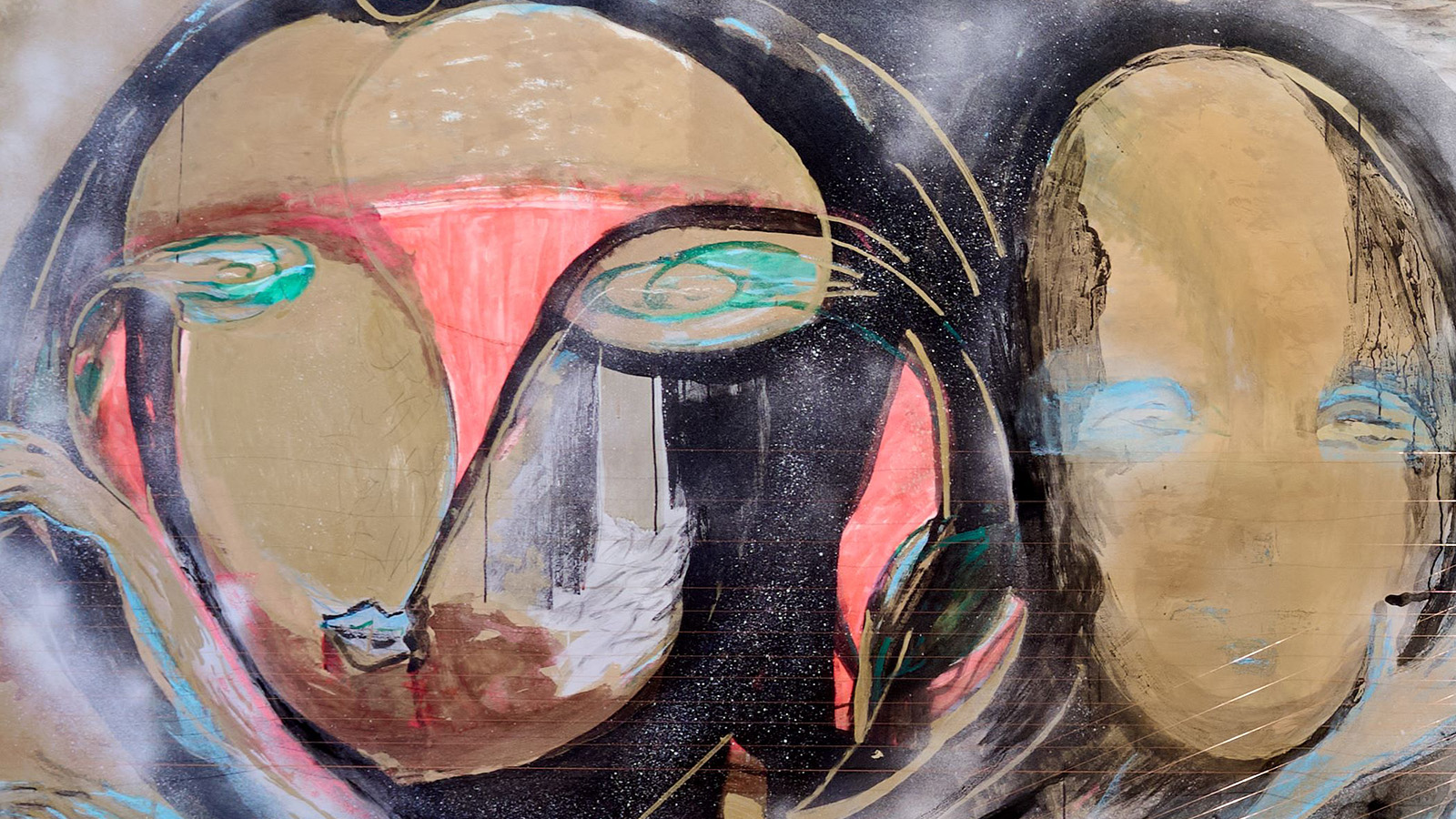
‘When the eyes are closed, they are extraordinarily open.’ So goes one of the guiding maxims of late Italian artist Marisa Merz, whose enigmatic and deeply personal body of work draws strength from its evocation of interiority, of memory and dreams.
This inward, unassuming approach to both her work and career partially explains why, for most of her life, Merz was never subject to the level of attention garnered by her husband Mario, and also why she never sought it. Merz’s elusive legacy (all her works are untitled and rarely dated), together with her raison d'être of pursuing life’s most fragile, transient details, come together in enchanting fashion at Lille’s LaM, for her first retrospective in France for 30 years (‘Marisa Merz, Listen to the Space’, at LaM until 22 September 2024).
Discover some of Marisa Merz’s unseen works at LaM, Lille
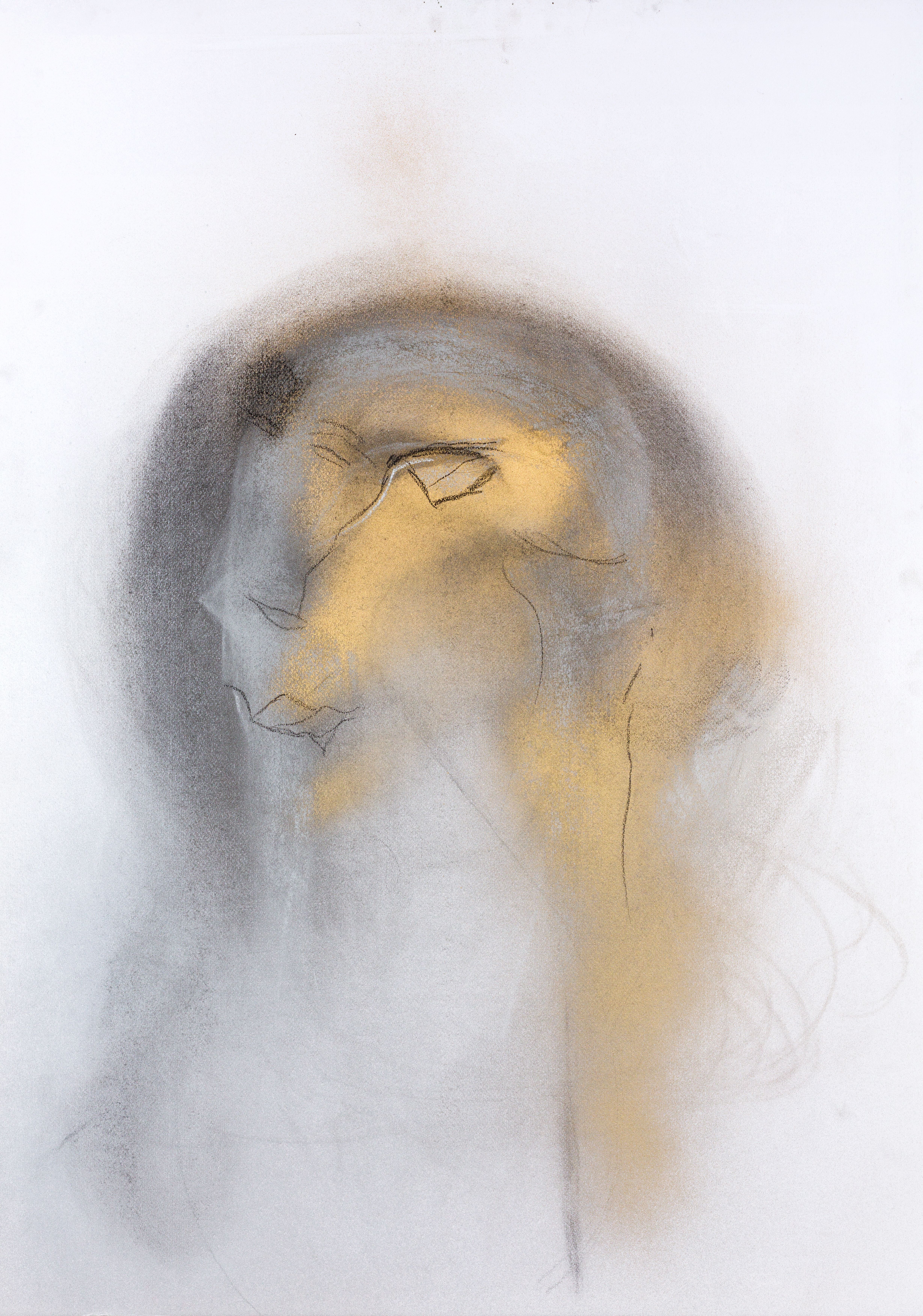
As the sole woman associated with the Arte Povera movement of the 1960s, Merz imbued a uniquely feminine spirit into the practice of favouring cheap, discarded materials that challenged mainstream notions of value and bridged the gap between everyday life and art. Her mastery here is striking. Be it wax, copper, clay, aluminium, or fabric, Merz works each with a lightness and delicacy that embodies the evanescence of her inspiration.
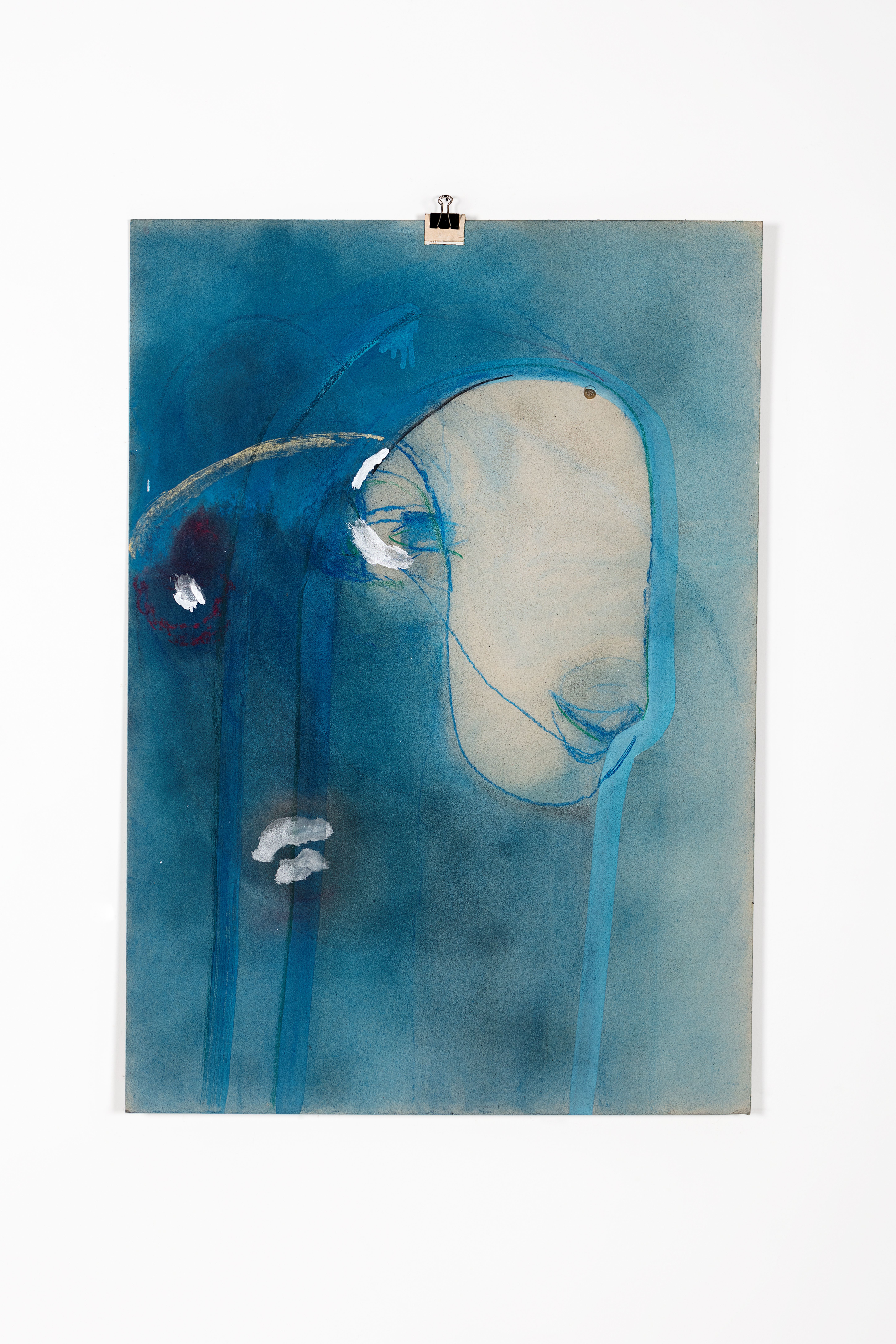
In her pencil sketches, scarcely discernible faces appear like partially recalled dreams, haunting and ambiguous, while her deft handling of copper mesh yields impossibly fragile objects whose gossamer elegance is befitting of mythical spirits. Even in the comparably robust features of her unfired clay heads there is a lightness of touch, an economy and concision that gives each form their expressive essence.
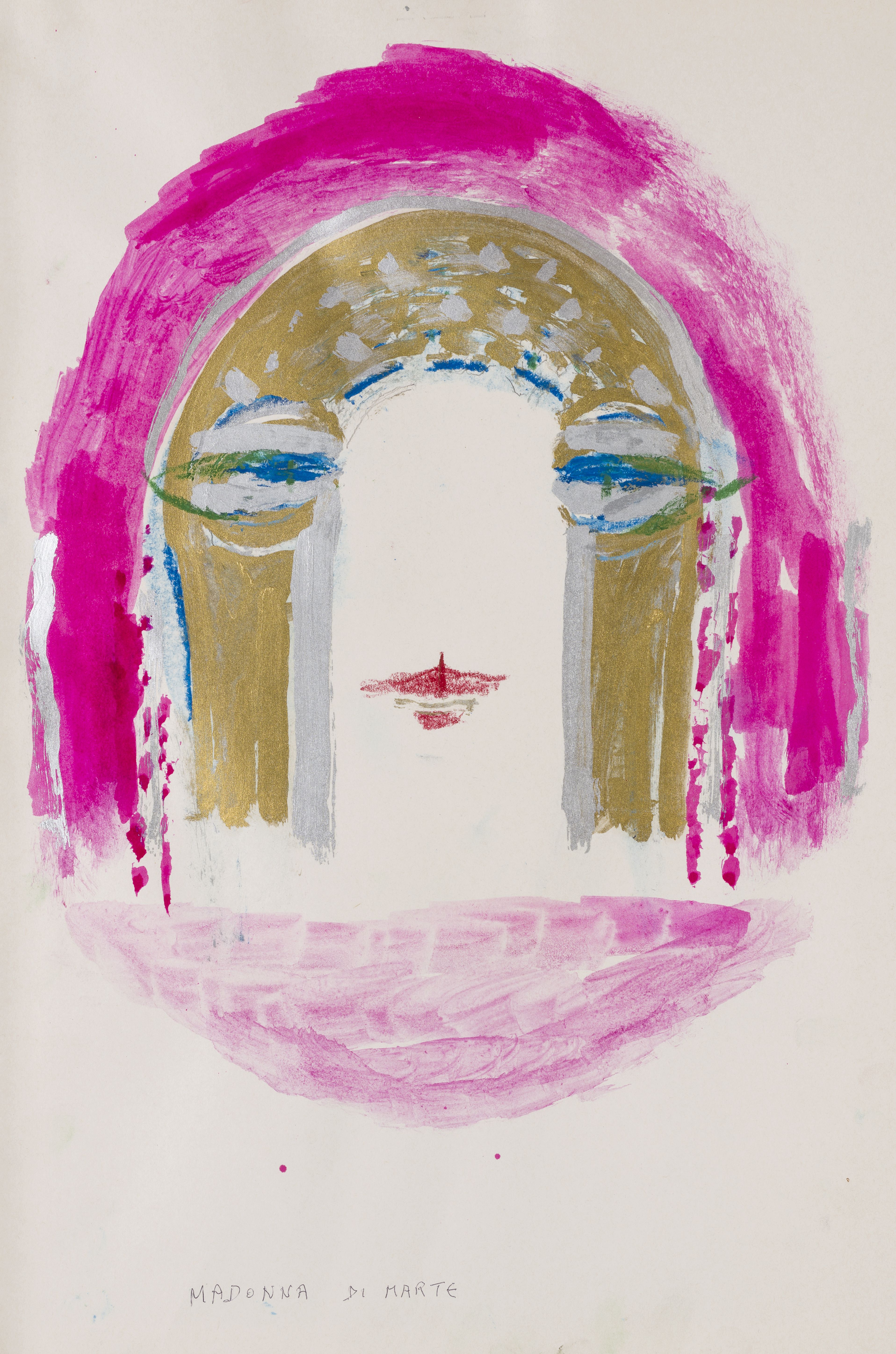
Like those sculptures, intentionally raw and vulnerable to change, Merz embraced mutability throughout her work, often revisiting drawings or adapting sculptures for new venues. Her willingness to be guided by what she referred to as the ‘intelligence of matter’, recalls the work of Robert Morris and Eva Hesse, contemporaries of Merz who afforded their materials a similar autonomy.
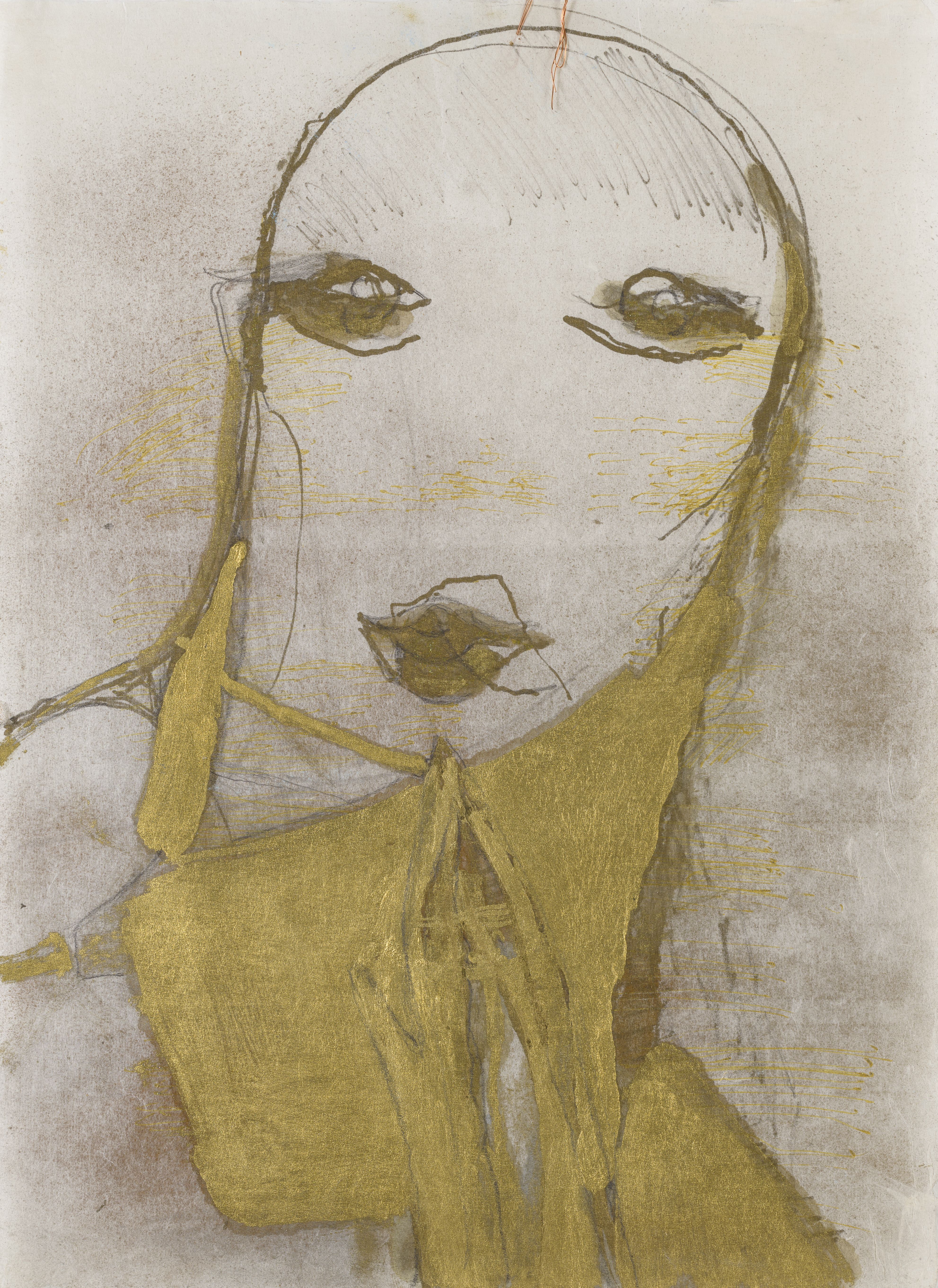
Accordingly, many of the works that feature in the exhibition, some of which have never been shown, carry little or no instruction for their installation. The result is a non-chronological, organic interpretation of Merz’s oeuvre; a study in how to rehabilitate the legacy of an artist for whom the word was of little interest, and a fitting tribute to her faith in instinct and intuition. As Sébastien Delot, co-curator of the exhibition, explains, 'This isn’t an exhibition about Marisa Merz - it is her, it follows her spirit.'
‘Marisa Merz, Listen to the Space’ is at LaM, Lille, France, until 22 September 2024, musee-lam.fr
